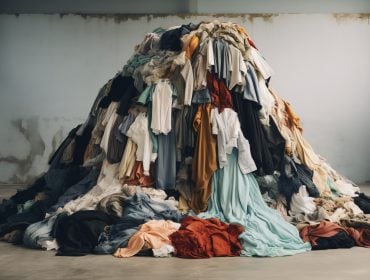Lifestyle Changes to Alleviate Painful Urination
When you feel a burn during bathroom trips, lifestyle tweaks can ease your discomfort. Drink plenty of water to flush out toxins that cause irritation. Cut back on coffee and soda; these often make things worse.
Add cranberry juice for its bladder benefits but skip the sugar-laden types. Opt for loose clothing too; tight fits add pressure and may up your pain levels. Last, don’t ignore hygiene – clean habits keep bad bacteria at bay.
Stay Hydrated Throughout the Day
Drink water often, every day. Your body needs it to work well and keep health problems away. Aim for eight cups a day as a guide; you might need more if active or in hot weather.
Keep a bottle with you, refill when empty – this habit keeps your intake steady. Water helps flush harmful stuff from your bladder, key in easing pee pain that burns. Notice how sips replace gulps?
Small changes like these make sure hydration is part of life without overwhelming effort, all while helping calm the discomfort of burning during urination.
Reduce Intake of Irritants
To ease peeing pain, cut back on some eats and drinks. Drop foods known to irritate your bladder, think chocolate, citrus fruit, spicy stuff, and say no to soda, coffee, tea too. Even milk can stir up discomfort!
Swap these out for fibrous snacks like nuts or veggies; lean proteins are good picks as well. Exercise might help if you carry extra weight; shedding pounds could soothe mild irritation down there. Remember though: before starting any new diet or workout plan, it’s best to chat with a doc first!
Keep a diary of your food choices after meals. This methodically identifies problem items that worsen symptoms, so you can eliminate them from your diet. Lastly but importantly, a pro may suggest meds custom-fit for Overactive Bladder (OAB).
These drugs specifically target those nagging urges and accompanying burn sensations, for tailored relief when lifestyle tweaks alone don’t quite hit the mark.
Strengthen Pelvic Floor Muscles
To aid in easing peeing pain, Kegel exercises are the top choice. They bolster your pelvic floor muscles – vital for good bladder control. When done right, they can ease stress and urge incontinence issues linked to a weak pelvic region from childbirth or other causes.
Imagine you’re trying to stop urine flow; that’s how you contract these muscles. Hold tight for three seconds then relax for another three. Aim for 10 reps at least thrice daily.
A physical therapist might help using biofeedback tools ensuring correct muscle use, boosting function through better posture too.
Practice Good Bathroom Habits
Mind your bathroom habits; they matter. Always listen to your body’s call to pee, as holding it in can weaken bladder muscles and risk incomplete emptying later. When you rush the process, urine might stay too long inside, raising infection chances.
After intimacy, make a habit of urinating, it’s known this reduces UTI risks for women prone to such infections. Embrace Kegel exercises, they’re not just for after childbirth but also improve urinary control by strengthening pelvic floor muscles. Remember: what you wear counts too!
Choose cotton underwear because it breathes better than others, cutting down moisture that could nurture harmful bacteria growth around delicate areas.
You don’t have to live with the discomfort of painful urination. Simple steps can make a big difference, like drinking plenty of water, choosing cotton underwear or avoiding irritants in soaps and lotions that touch your private areas. For persistent problems, seek medical advice as it might be an infection needing treatment.
Remember to get tested for STDs if you’re sexually active; services like STDCheck offer discreet and fast tests so you’ll know quickly what’s going on with your body and how best to care for it.
Medically Reviewed by Joshua Hwang, MD on May 13, 2024
Secure and Confidential
STD testing services
The fastest results possbile - available in 1 to 2 days

Tagged
Categorized As
Author: STD Check Editorial Team
At STDCheck.com, we go to great lengths to ensure quality content. We’re using our own collection of data. It is not bought or made up for “click-bait” purposes. We don’t entice traffic with cheesy graphics or raunchy headlines. Our information is to promote STD testing, educate people, let go of social stigmas, and bring awareness. We also provide a completely confidential atmosphere through private testing. When we produce an article, it is fact-based. We check it with medical advisors that approve it. Our staff consists of doctors and other medical professionals who peer review the content we make available on STDCheck.com. From all over the world, we have sourced the best and the brightest content developers, including medical professionals, marketing engineers, data scientists, content specialists, and media relations.




